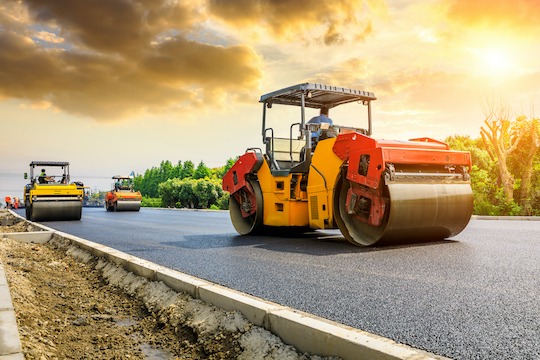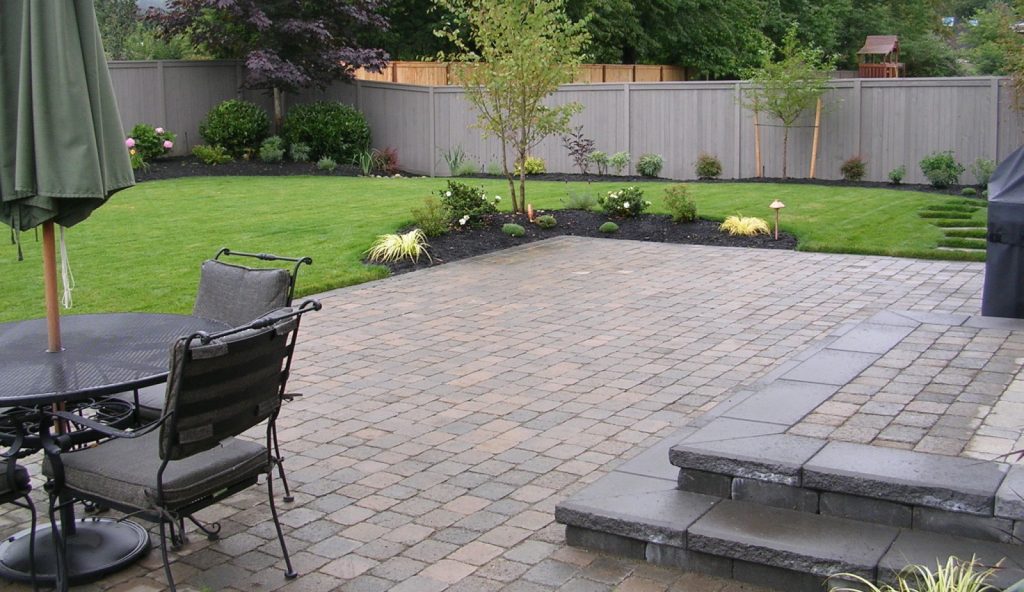The construction and upkeep of streets, expressways, and interstates is funded in a variety of ways. Gas taxes are only a part, and diminishing share, of it.
Who and how do Americans pay for our roads? A common misperception is that gas taxes cover it. That’s a false assumption as things have changed quite a bit over the last thirty years.
The big difference between 2021 and 1991 is how the gas tax has remained a cents-per-gallon calculation. In the years that have transpired, revenues from gas taxes have declined for a very simple reason: cars, trucks and buses have become much more fuel-efficient. Meanwhile, inflation has pushed the costs to build and repair roadways ever upward, irrespective of this drop in gas tax revenues. Time and time again, voter referenda that attempt to raise the local cents-per-gallon formula to something higher end in defeat. Only when state legislatures (for example, in California) muster the will to raise gas tax revenues do this change a bit.
The federal excise tax is 18.4 cents per gallon (24.4 cents for diesel), a rate that has not changed since 1993, a period of time that has seen overall inflation increase costs by 77 percent.
What makes up the difference? Other revenue sources, primarily from payroll and income tax (for federal highways), and from property and sales taxes (for state and local roads). And the national debt.
Important to realize in this then is that those costs are less on the users – i.e., the motorists – and more on the general population. As about 90 percent of the US population owns a car (according to a Gallup poll published in April 2020) that is relatively fair. In fact, the number of vehicles in the US divided by number of households shows that there are 1.88 vehicles per household. The same poll shows that 64 percent of US adults drive daily.
The ten percent who do not own cars, light trucks or other motorized vehicles bear some of the costs, even if they exclusively walk, bike, or use public transportation – all of which has a very light use-footprint on asphalt and concrete. This creates a strong argument for providing sidewalks, bike lanes, commuter trains, and buses with some degree of public subsidy. But in a world where ordering and delivery is increasingly common, it is fair to say that everyone depends on surface transportation to some extent.
There are a total of about 270 million vehicles traversing the four million miles of pavement in the country; by far, the US has the most extensive road network in the world. By comparison, India and China each have about 170 million miles of road, with Brail, Russia, Japan, France, Canada, and Australia with even fewer miles of roads.
Maintaining 4 million miles of asphalt, pavement and concrete isn’t a simple matter, either. When roads and highways become damaged, Federal, State and local governments don’t just call up and hire the local asphalt contractor to do the work. In California, for instance, Caltrans – The California Department of Transportation – is responsible for maintenance of state and interstate highways. They have crews and equipment that the local concrete contractor that works on driveways and parking lots don’t have.
How will the roads be paid for in the future, particularly as vehicles are increasingly powered by electricity instead of gas? It will happen in two or three ways. Some less-used roads will go to gravel, as is already happening in rural areas (in Vermont, it’s become a bit of a tourist attraction with websites dedicated to gravel road travel). Some roads have been built by private funds, such as the “controlled access E470” toll road that hugs Denver; it’s the ultimate user-pay highway that provides lower traffic density at a price that some drivers are willing to pay. And the most likely method will be a “vehicle miles traveled” (VMT) tracker, charging drivers by the mile, regardless of fuel used to power the vehicle.


